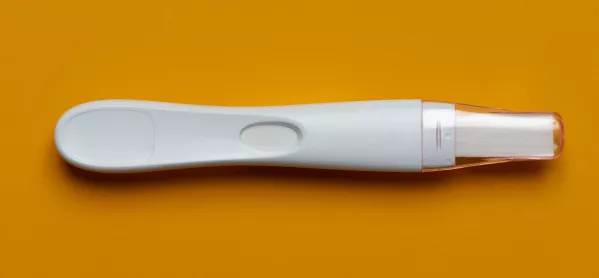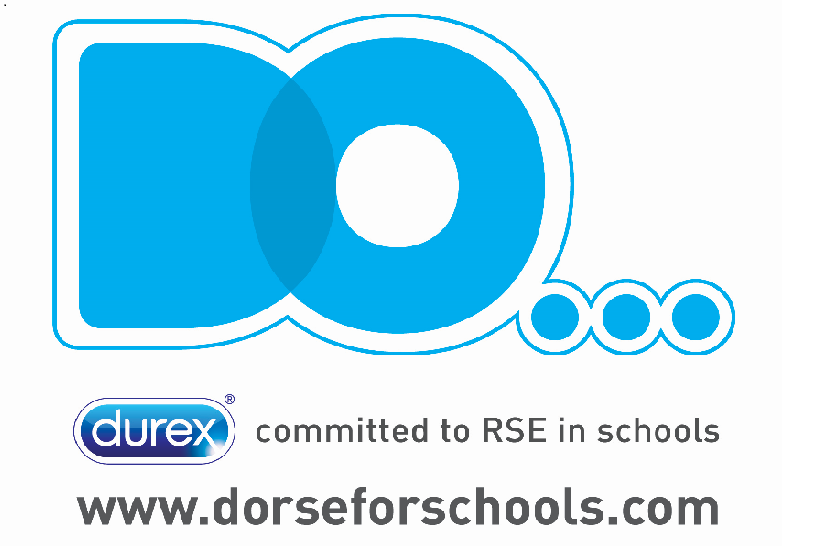Teenage pregnancy: the stats teachers need to know

People often overestimate the level of teenage pregnancy in the UK (one poll guessed the rate at 25 times higher than official statistics). But it’s actually at an all-time low.
This is no accident. Since 1999 and the introduction of the England Teenage Pregnancy Strategy that set a 10-year goal of halving pregnancies in under-18s, the rate in England has fallen by more than 60 per cent from 41,000 in 1998 to less than 17,000 in 2017.
Of these pregnancies, 84 per cent were 16- and 17-year-olds, while there was a similar fall in pregnancies among under-16s to 2,400. Not only this but rates have fallen in every local authority in England, too, with the greatest reductions in the most deprived areas.
There has also been an increase in the rates of teenage mothers staying in education and training, improving long-term outcomes in employment and reducing child poverty. This is all good news and the efforts that have led to these improvements should not be overlooked.
Reducing teenage pregnancy
The route towards such a remarkable set of figures goes back almost 50 years. Since the 1970s the UK’s high teenage pregnancy rates - which were much higher than comparable European countries - had been a concern. Rates did come down by 26 per cent in the 1970s when contraception became free on the NHS and there was an increase in more open sex education.
But the downward trend reversed in the 1980s. Legal controversy over the rights of under-16s to confidential contraceptive advice was reported as causing confusion among young people, causing a drop in attendance at clinics. The issue was resolved in the House of Lords in 1985 in favour of young people’s rights to confidential advice, but attendance figures for this age group did not recover until 1990.
Then in 1992 the Conservative government published the Health of the Nation White Paper that aimed to halve pregnancies in under-16s. Although this led to an increase in youth-friendly contraceptive services (from 52 per cent of health authorities providing youth clinics to 85 per cent), the initiative only focused on the health sector and failed to make an impact.
The key difference with the Labour government’s Teenage Pregnancy Strategy was recognising the complex issue of intergenerational inequalities, with the solution not falling to any one agency. This was vital. International evidence makes it clear that young people who receive comprehensive relationships and sex education and have access to youth-friendly contraceptive services are more likely to start having sex at a later age, use contraception and not be pregnant before 18.
In short - make teenage pregnancy everybody’s business. Schools, colleges and sexual health services are the main players, but parents, youth workers, social care and the voluntary sector also need to get involved. When all the key factors for an effective strategy were applied, rates came down, even in areas of high deprivation.
The importance of sex education
The huge reduction in teenage pregnancy reflects the concerted effort of many players - not least the commitment of schools to improve their RSE and PSHE. This positive impact was reflected by a 2018 Sex Education Forum poll that found 45 per cent of young people rated their RSE good or very good, compared with 35 per cent in 2015.
But, despite the progress, inequalities remain. Young people in the UK still continue to experience higher teenage birth rates than Western European peers. Nationally there is wide variation between local areas, too; a quarter of local authorities have an under-18 conception rate significantly higher than the England average.
Furthermore, teenagers are still much more likely than older adults to face unplanned pregnancies. Of those that do, 52 per cent of under-18 conceptions and 62 per cent of under-16 conceptions end in abortion.
For those teenagers who have the baby, the majority are still unplanned. Although some young parents manage really well, outcomes, in general, remain disproportionately poor. There are significantly higher levels of poor maternal mental health and infant mortality as well as delays in child development, particularly in speech and language, all of which contribute to an inter-generational cycle of disadvantage.
Underpinning all this are numerous issues that are often a cause of teenage pregnancy, including a dislike of school, family poverty, persistent school absence and poor attainment at age 14, experience of sexual abuse, and being in the care system. There is less data on boys and young men, but qualitative studies suggest similar risk factors for early fatherhood.
There are resources that can help schools to tackle these roots causes, though, such as lesson plan guides from DO… that seek to get young people thinking about themselves, their choices and healthy and balanced relationships and sexual encounters.
What next?
New guidance has been provided for local areas applying the same principles of joined-up working that have proved effective over the past 20 years or so, with a self-assessment to help to see what’s working well and identify gaps.
The contribution of schools remains crucial in the provision of high-quality RSE and the links to confidential sexual health advice, but also through efforts to improve young people’s attendance, attainment and enjoyment of school, all of which help to build aspiration and the motivation to prevent early pregnancy.
Statutory RSE from 2020 should lay the foundations of universal prevention, leaving the limited resources of local areas to focus on more intensive RSE and support for young people most in need.
Much will depend on investment in teacher training but this is a game-changing moment for ensuring that future generations have the knowledge and skills to develop healthy relationships, look after their sexual health and prevent early unplanned pregnancy.
What can you do now?
- Check teenage pregnancy rates in your area.
- Find where local sexual health services are and when they are open - including pharmacies providing free emergency (after sex) contraception. Remember, under-16s have the right to confidential advice from sexual health professionals.
- Have a look at the Sex Education Forum and PSHE Association Road Map to Statutory RSE for advice on how to get ready for 2020.
- Use the Sexwise website for up-to-date information on all aspects of contraception, sexual health and pregnancy options, and use the Royal College of Obstetricians and Gynaecologists and Faculty of Sexual and Reproductive Health medically accurate abortion factsheet for any lessons on pregnancy choices.
Alison Hadley is director of the Teenage Pregnancy Knowledge Exchange at the University of Bedfordshire
